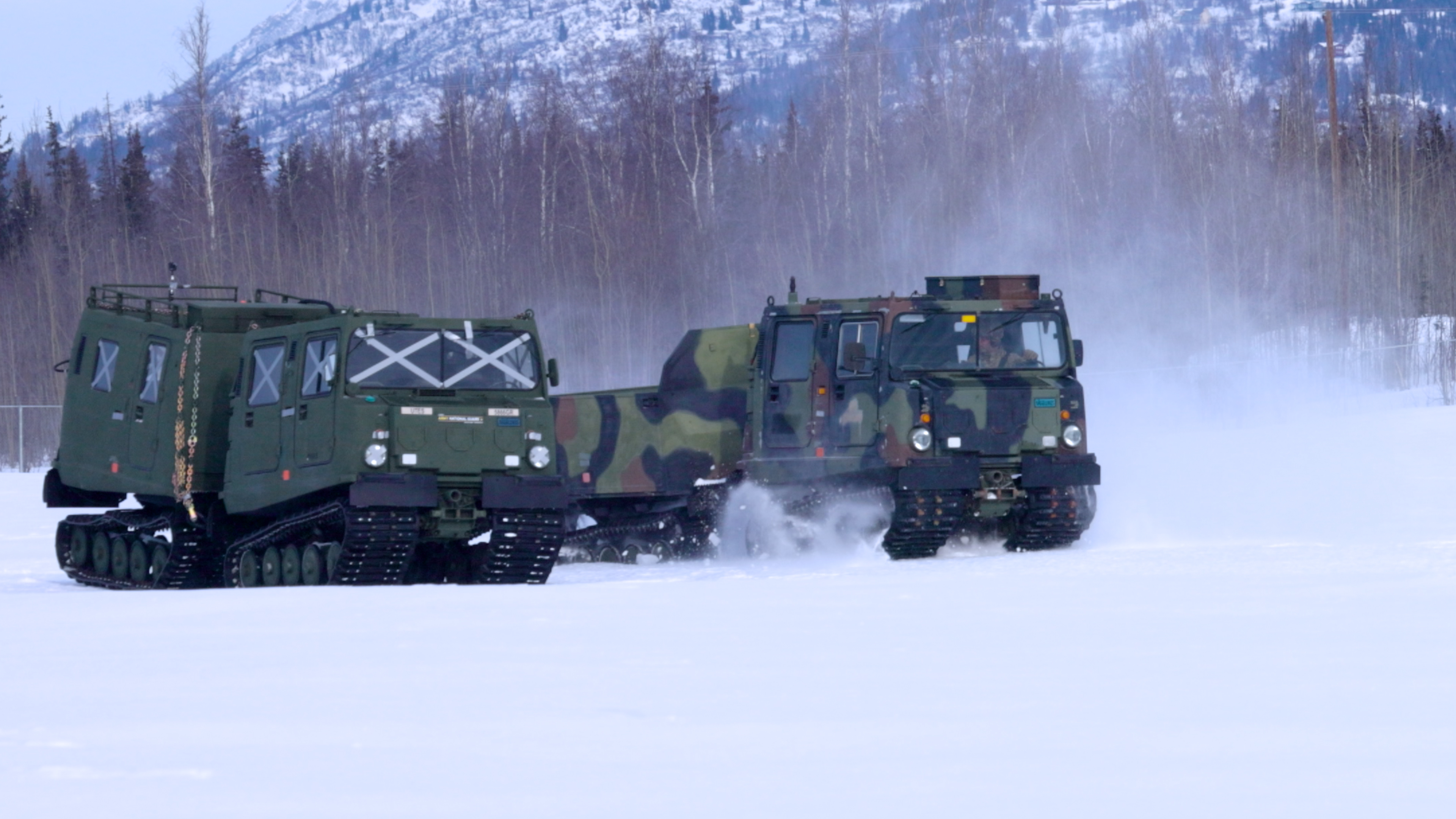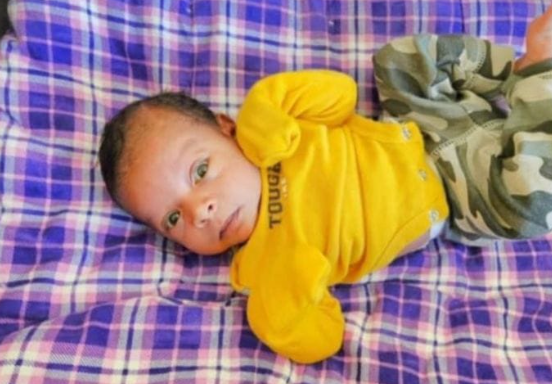The U.S. is huddling up for warmth in the face of an arctic blast freezing the nation this week, with many states facing temperatures in the single digits, and even below zero.
While extreme cold can be very inconvenient for traveling and stop you from running out to grab milk from the store, it can also be deadly: Cold weather kills 20 times as many people as hot weather, as shown by one study published in 2015 in The Lancet journal, which analyzed more than 74 million deaths across 13 countries.
In the U.S. alone, 1,330 people die of cold exposure each year, according to the National Institute of Health.
A cold front moving through the northern Rockies, northern Plains, and upper Midwest Wednesday will bring areas of gusty winds, heavy snow and snow squalls, and a sharp drop in temperatures. pic.twitter.com/ePIAPLBGaP
— National Weather Service (@NWS) December 21, 2022
So, how does the cold kill? When temperatures drop too low, the body begins to enter a state known as hypothermia after extended exposure.
"The body has some fantastic mechanisms in order to prevent us from getting too cold in a frosty environment," Christian Moro, an associate professor of science and medicine at Bond University in Australia, told Newsweek.
"For example, warm blood is diverted away from the skin, where it could lose heat. At the same time, we start to shiver and generate extra heat from the rapid muscle movements. However, when we are in extreme temperatures, or out in the cold for a very long time, our body temperature [normally around 98.6 F] falls below 95 F and the cold starts to overwhelm our temperature-regulation systems."
Our body gives us several signs of oncoming hypothermia, the first major sign of which is excessive shivering.

"When we shiver, that is our body's attempt to try to warm up. As hypothermia advances, other signs would be slurred speech, fatigue, confusion, slowed pulse and slowed breathing," Libby Richards, an associate professor at the Purdue University School of Nursing, told Newsweek.
At this point, the shivering will often stop.
"You'll feel exhausted, and as the blood has pooled away from the skin, you'll look quite pale, and the skin's surface will be cold to touch. Someone with hypothermia will start to act differently as well," Moro said.
"They may exhibit difficulties walking, confusion, drowsiness, and find it hard to use their hands to grab or hold items. It's not usually painful, and as such, the person may not be aware that they are experiencing hypothermia."
If left untreated, hypothermia can kill.
"Untreated hypothermia causes most of our body systems to start to fail, eventually leading to failure of our heart and lungs, which causes death," Richards said.
However, someone with severe hypothermia may still be able to be saved with the correct treatment.
"Hypothermia per se is not killing you if you are treated properly," Hermann Brugger, the vice head of the Institute of Mountain Emergency Medicine at Eurac Research, told Newsweek.
"Hypothermic patients in cardiac arrest should be resuscitated and rewarmed in a center using the so-called "extracorporeal rewarming." An extracorporeal heart-lung machine pumps and oxygenates the patient's blood outside the body and rewarms the patient to normal body temperature. This saves the life of the patient who can leave the hospital in a few days or weeks and usually return to normal life."

Hypothermia disproportionately affects those who do not have access to appropriate heating or housing in the winter months.
"Populations that are at increased risk for hypothermia: children, older adults, those with mental illness such as dementia, and those using drugs or alcohol which impair judgment," Richards said. "The homeless and those with inadequate housing are also at increased risk."
There are currently between 500,000 and 600,000 people in the U.S. alone without homes, sleeping either on the streets or in homeless shelters
People exposed to severe cold temperatures can also experience frostbite, which is a separate issue from hypothermia, as someone can experience one but not the other.
"Frostbite is not always associated with hypothermia. While hypothermia may be life-threatening, frostbite is not," Brugger said.
Frostbite is when a part of the body freezes and essentially begins to die.
@fahadbadar2 Operation in 3 weeks, staying strong 🦾 العملية بعد ٣ اسابيع، والمعنويات عالية 😊
♬ original sound - 🍒
There are several stages of frostbite, depending on the temperature and the time spent exposed to it. The first is frostnip, causing numbness in extremities and tingling when the area is re-warmed. Next is superficial frostbite, which causes the skin to change color and feel warm, appearing mottled when it is reheated. A blister may appear 12 to 36 hours after the skin has been warmed.
Frostbite mainly affects exposed digits, hands and feet, face and ears, Brugger said.
The final stage of frostbite is known as deep or severe frostbite, during which the skin turns white or blue-gray and goes completely numb, turning black and hard as it dies.
"This extreme cold can damage the tissue itself, causing significant injury to that part of the body that may be permanent," Moro said. "It usually occurs on the hands and feet, which tend to be exposed to the cold for longer periods of time, such as wearing wet gloves or socks for a long time when in icy conditions."
Severe, untreated frostbite can lead to amputation of the affected area, Richards said.
The dangers of these cold-related conditions may threaten increasing numbers of people as the climate changes, bringing more severe winter storms to areas unprepared for the low temperatures. One 2021 study published in the journal Science found that accelerated warming of the Arctic is linked to increases in extreme winter weather in parts of the U.S.
Additionally, the cold snaps in places like Texas have led to energy shortages, as occurred in February of 2021 when there were power cuts due to equipment issues across gas, coal and renewable energy sources. This is especially concerning considering that in 2020, 26 percent of all U.S. households used only electricity—as opposed to gas or oil—as an energy source, including to heat their homes in the winter, U.S. Energy Information Administration data shows.
Is there a health issue that's worrying you? Do you have a question about frostbite? Let us know via health@newsweek.com. We can ask experts for advice, and your story could be featured on Newsweek.
Uncommon Knowledge
Newsweek is committed to challenging conventional wisdom and finding connections in the search for common ground.
Newsweek is committed to challenging conventional wisdom and finding connections in the search for common ground.
About the writer
Jess Thomson is a Newsweek Science Reporter based in London UK. Her focus is reporting on science, technology and healthcare. ... Read more
To read how Newsweek uses AI as a newsroom tool, Click here.





